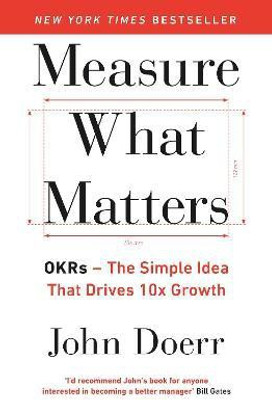
Microphones (English, Paperback, Source Wikipedia)
Price: Not Available
Currently Unavailable
Highlights
- Language: English
- Binding: Paperback
- Publisher: Books LLC, Wiki Series
- ISBN: 9781157609094, 1157609090
- Edition: 2010
- Pages: 50
Description
Please note that the content of this book primarily consists of articles available from Wikipedia or other free sources online. Pages: 49. Chapters: Microphone, Binaural recording, Microphone array, Parabolic microphone, Kinect, Wireless microphone, Phantom power, Balanced audio, Carbon microphone, Microphone practice, Ribbon microphone, Lavalier microphone, BBC-Marconi Type A, Electret microphone, Soundfield microphone, Laser microphone, Shure SM57, Microphone stand, Microphonics, Microphone preamplifier, RCA Type 77-DX microphone, Microphone connector, Noise-canceling microphone, Shure SM58, Throat microphone, Blumlein Pair, NOS stereo technique, U 47, Jecklin Disk, ORTF stereo technique, List of microphone manufacturers, PZM, Copperphone, Shock mount, Contact microphone, Magic Mic, C1000, RCA Type 77-A microphone, Variable polar pattern, Sending loudness rating, RF Resistance Architecture, Shure Beta 58A. Excerpt: A microphone (colloquially called a mic or mike; both pronounced ) is an acoustic-to-electric transducer or sensor that converts sound into an electrical signal. In 1876, Emile Berliner invented the first microphone used as a telephone voice transmitter. Microphones are used in many applications such as telephones, tape recorders, karaoke systems, hearing aids, motion picture production, live and recorded audio engineering, FRS radios, megaphones, in radio and television broadcasting and in computers for recording voice, speech recognition, VoIP, and for non-acoustic purposes such as ultrasonic checking or knock sensors. Most microphones today use electromagnetic induction (dynamic microphone), capacitance change (condenser microphone), piezoelectric generation, or light modulation to produce an electrical voltage signal from mechanical vibration. The sensitive transducer element of a microphone is called its element or capsule. A complete microphone also includes a housing, some means of bringing the signal from the element to other equipment, and ...
Read More
Specifications
Book Details
| Imprint |
|
| Publication Year |
|
| Table of Contents |
|
Dimensions
| Width |
|
| Height |
|
| Length |
|
| Weight |
|
Be the first to ask about this product
Safe and Secure Payments.Easy returns.100% Authentic products.
Back to top






